15 Foods That Fight Body Fat

When we think of fat-burning foods, we often think of old wives' tales about cayenne pepper or lemon juice or doing a cleanse to jump-start weight loss. As a registered dietitian and someone who has worked in the health and wellness industry for over a decade helping people change body composition and maintain a healthy weight (you can find me at Top Nutrition Coaching), I'm here to tell you that looking for the magic food is not the answer. Let's talk about the 15 foods that you can incorporate every single week to help lose belly fat and keep it off.
1. Whole Grains
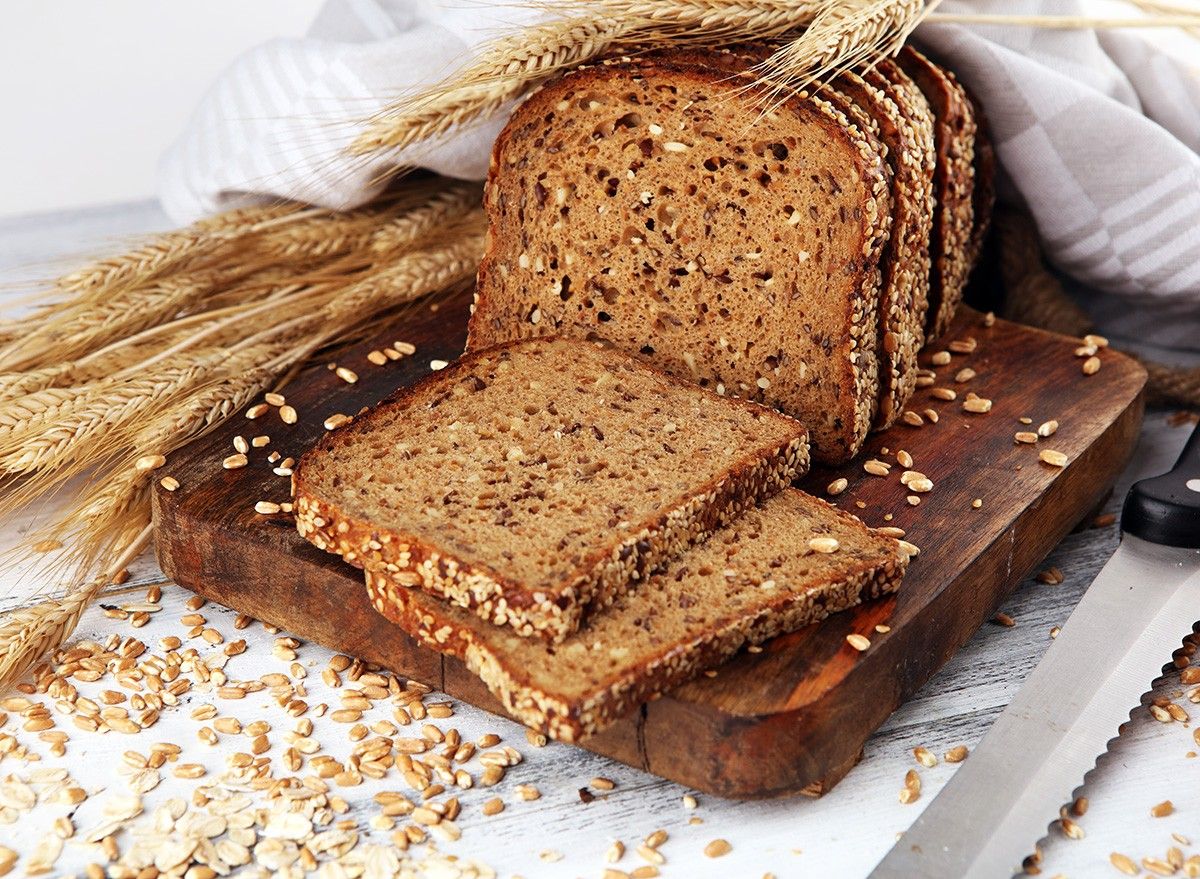
Whole grains provide a good source of fiber which is key in fat loss. Fiber helps us to feel fuller for a longer period of time, keeps our digestion regular to reduce bloating, and has been proven to reduce abdominal fat (1). It is also a great regulator for blood sugars. Try out some different sources of whole grains such as oatmeal, barley, quinoa, rye, and whole grain breads and crackers.
Related: Erin Oprea Shows Off Tiny Waist and Reveals 9 Signs You Are Protein Deficient
2. Eggs
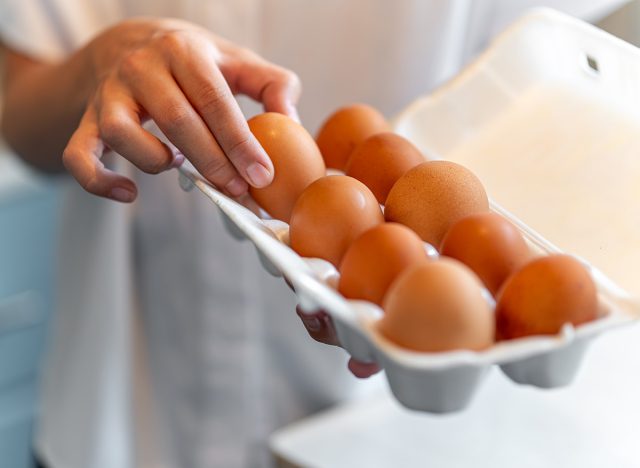
Eggs are a great source of protein, phosphorus, potassium, Zinc, Folate, Choline, Vitamin A, and Vitamin D (2). For most healthy adults, eating 1-2 eggs per day is safe and a great way to get some delicious nutrition. Protein helps to keep us full for longer periods of time and reduces the amount of snacking we feel like we need to do between meals.
3. Coffee

Regular intake of coffee has been associated with an increase in satiety levels, decrease in hunger, therefore a decrease in overall daily calorie consumption (4). There are also some studies to suggest that caffeine sources increase the thermogenesis, increasing metabolism, although the effects of this are likely very minuscule.
4. Green Tea
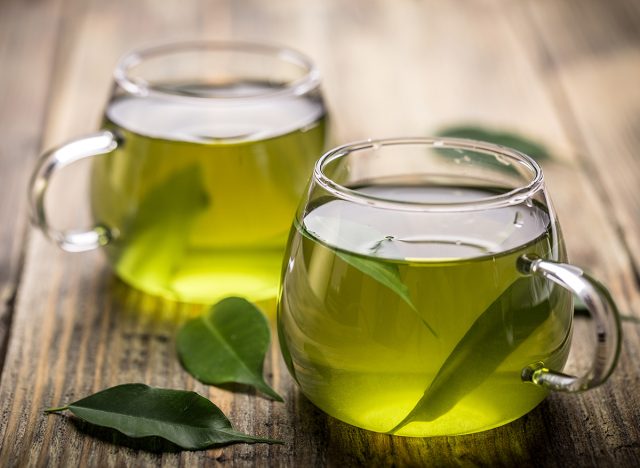
Green Tea contains powerful antioxidants and has been proven to lower LDL cholesterol (also referred to as "bad" cholesterol). Even a small amount of green tea such as 1-2 cups per day has been proven to see these benefits (3).
5. Fatty Fish
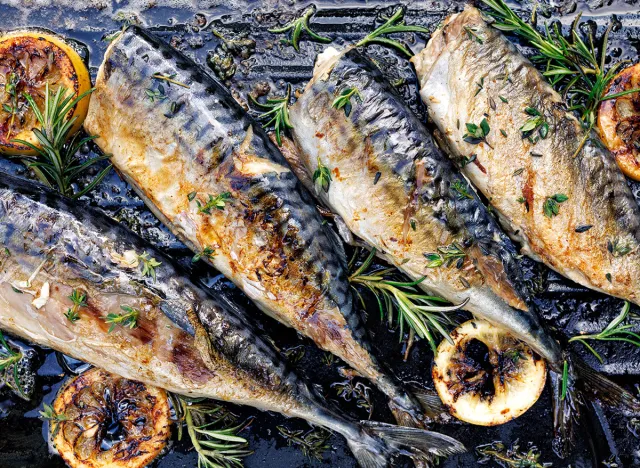
Fish such as salmon, sardines, mackerel, trout, and herring are great sources of Omega 3 fatty acids. Omega 3's are known for their role in reducing cholesterol and aiding with the management of diabetes. Incorporating healthy fats also helps to reduce hunger levels by increasing satiety of our foods. (5)
6. Greek Yogurt
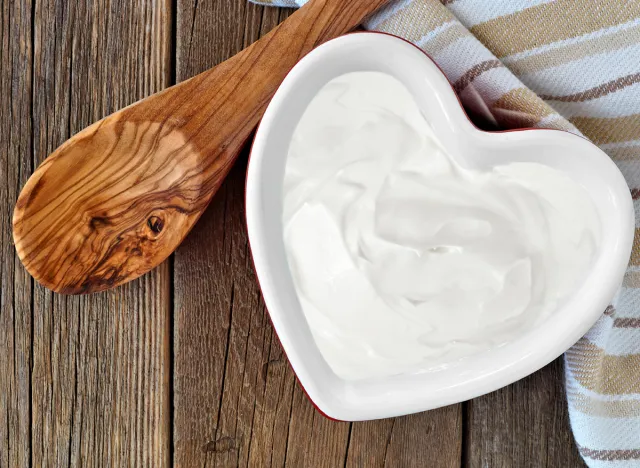
Greek yogurt is a great protein-packed snack that can be paired with many different foods. Consuming enough protein is a powerful tool in our fat loss toolbox as high protein consumption will help to preserve lean muscle mass, needed for maintaining a healthy metabolism.
7. Avocados
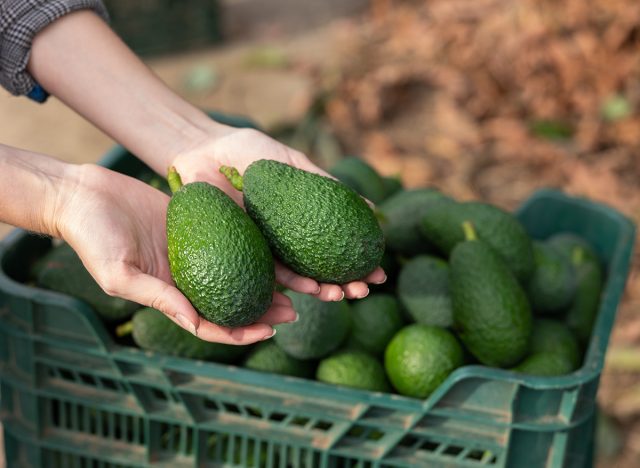
Avocados are a great source of mono-unsaturated fats and polyunsaturated fats (sometimes referred to as MUFAs and PUFAs). These types of fats have been shown to improve the effects of cardiovascular disease (5). Incorporating these types of fats is also going to allow your food to be more satisfying and filling during mealtimes.
Related: I Lost 45 Pounds by Stop Doing These 5 Surprising Things
8. Flax and Chia Seeds
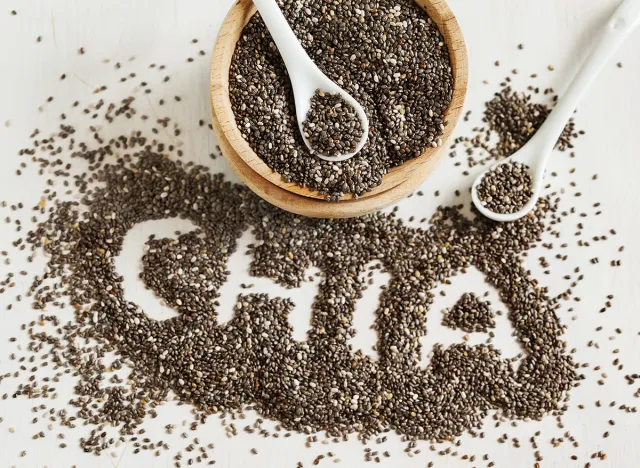
Both flax and chia seeds add 2 great components to our meals. They add fiber and they add those Omega 3 fatty acids as I mentioned with fatty fish. These are both a great option to add extra nutrition into yogurt, oatmeal, smoothies, and baked goods!
9. Nuts
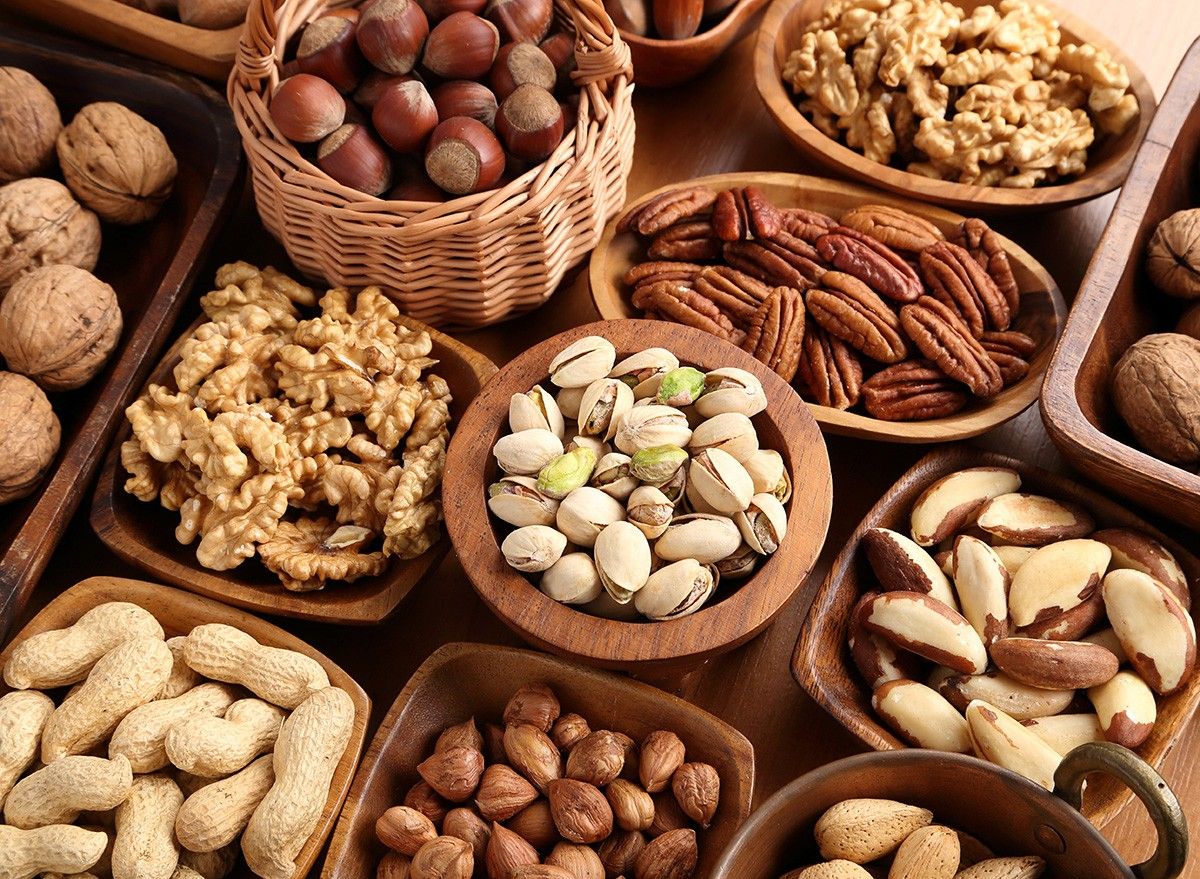
Nuts are a great snack during the day. They contain our healthy fats and reduce hunger throughout your day. My suggestion for those actively trying to lose weight is to measure out one serving of nuts and place each serving in smaller packages so they are easy to grab and go!
10. Whole Fruits and Vegetables
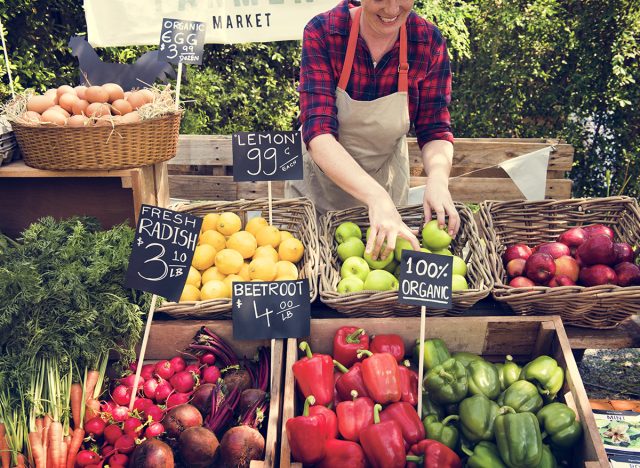
We can't talk about foods for fat loss without talking about our whole fruits and vegetables! In addition to all the vitamins, minerals, antioxidants, fiber, and hydration that fruits and veggies bring to the table, they also provide a great way to fill up your plate and eat a high volume of food. My suggestion: have a fruit or vegetable with each meal and snack, ideally making half your plate filled with fruits and/or vegetables.
11. Potatoes
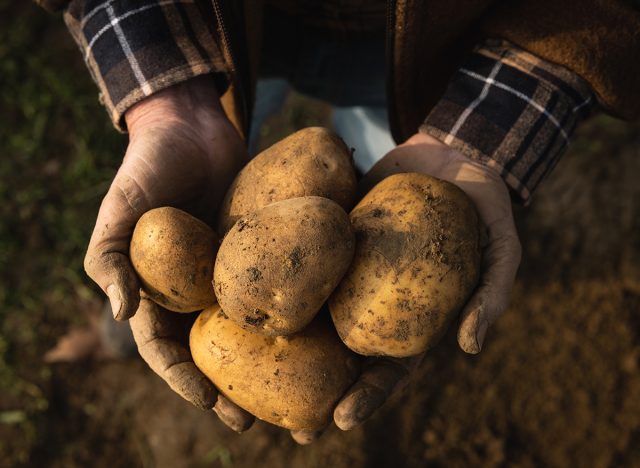
This one is probably the most surprising when I bring this up with clients. Potatoes get a bad rep because when dining out, they are often fried in oil and covered with high calorie foods. However, potatoes (white potatoes or sweet potatoes) are packed with nutrients, fiber, and have more potassium than a banana! Baking potatoes at home or in the air fryer is a great way to add volume to your meals and a good whole food source of carbohydrates.
12. Lean Meats
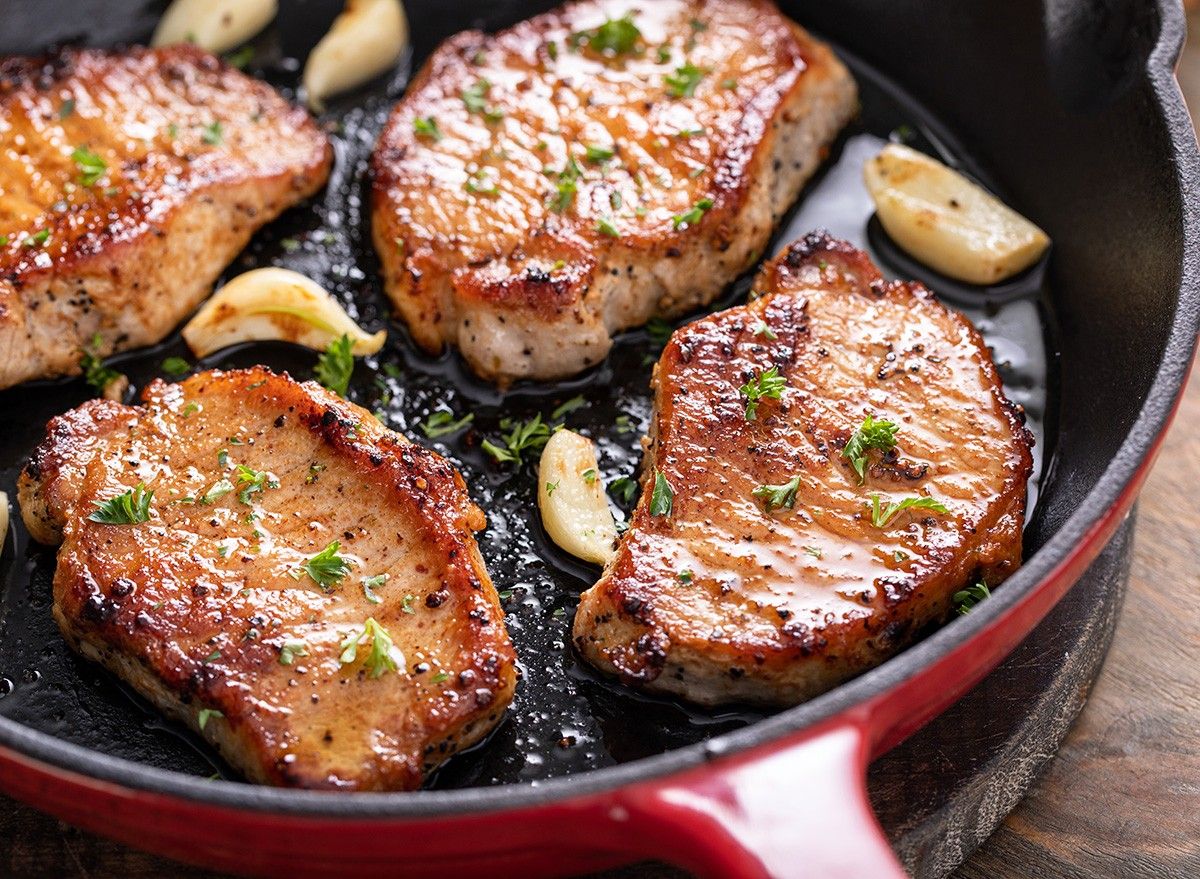
Diets high in protein (> 30%) are correlated with reducing fat mass with body composition and improving mass of lean muscle tissue (6). Lean meats such as chicken, turkey, venison, lean ground beef, and less fatty cuts of pork such as tenderloin, are excellent sources of protein and make increasing protein in the diet easier. When working with clients on this, I recommend aiming for 25-30 g protein per meal. This is about 4 oz of chicken, turkey, or pork.
Related: 9 Ways to Get 6-Pack Abs in 60 Days According to Science
13. Cinnamon
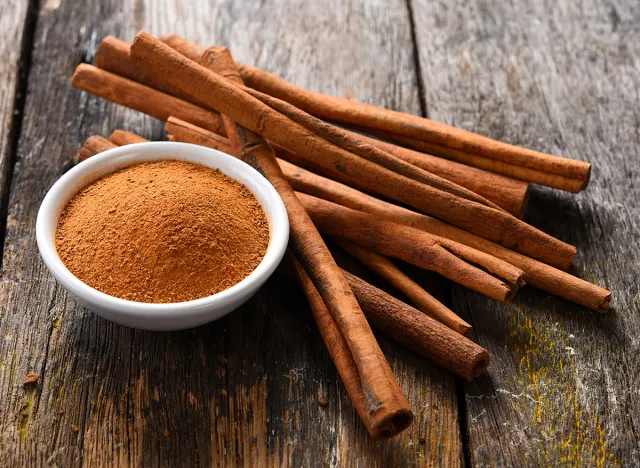
Supplementation of cinnamon has been shown to help with blood sugar control in those with diabetes, and improve overall fat mass (7). There are no official recommendations on dosage at this time but adding cinnamon to things like your morning oatmeal or into savory dishes could be worth the benefits!
14. Hydration

Staying hydrated throughout the day plays a big role in weight loss and overall health. Research recommends consuming at least 1⁄2 your body weight in oz of water per day. So for example, a person weighing 150 lbs would want to aim for consuming 75 oz of water every day.
Related: I'm a Nutritionist and Here are 10 Weight Loss Foods I Buy Every Week
15. Avoiding Added Sugars
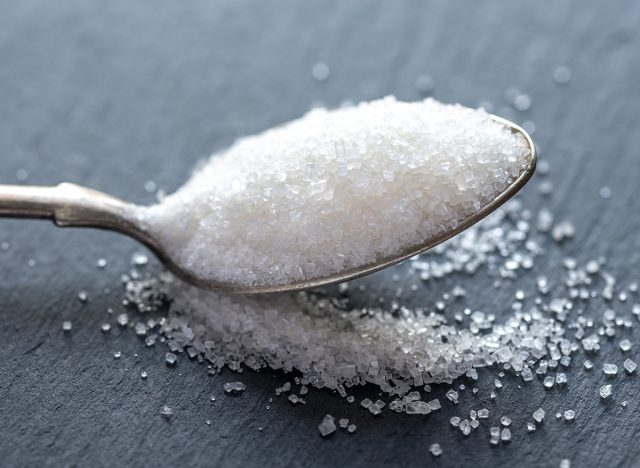
Current recommendations for added sugar are to limit to 50 g of added sugars per day. Keep in mind this is going to be different from sugars consumed from fruits or vegetables. Checking nutrition labels of packaged foods is the best way to assess added sugar consumption.
Pro Tip: Combine several of these foods into one meal for the best benefits and to help you feel full and satisfied the longest. One of my favorite ways to do this is to make a bowl of oatmeal with some flaxseed and top it with some fresh berries, sliced almonds, and a sprinkle of cinnamon.
At the end of the day, there is no safe, medically tested "magic pill". In fact most experts recommend avoiding these types of fat burning supplements due to non-regulation and concerns for non-trustworthy ingredients. However, finding a way to get most of these foods in your diet on a regular basis is going to optimize your health and well being as well as helping you slim down and reduce body fat.
Courtney Pelitera MS, RD, CNSC is a Certified Registered Dietitian at Top Nutrition Coaching, working with athletes of all ages to fuel their activity, prevent injury, and achieve desired body composition.
References:
- Barber TM, Kabisch S, Pfeiffer AFH, Weickert MO. The Health Benefits of Dietary Fibre.
Nutrients. 2020 Oct 21;12(10):3209. doi: 10.3390/nu12103209. PMID: 33096647;
PMCID: PMC7589116.
- https://fdc.nal.usda.gov/fdc-app.html#/food-details/172184/nutrients
- Sinija, V. R., & Mishra, H. N. (2008). Green tea: Health benefits. Journal of Nutritional &
Environmental Medicine, 17(4), 232-242.
- Bakuradze, T., Parra, G. A. M., Riedel, A., Somoza, V., Lang, R., Dieminger, N., … &
Richling, E. (2014). Four-week coffee consumption affects energy intake, satiety regulation, body fat, and protects DNA integrity. Food Research International, 63, 420-427.
- Liu, A. G., Ford, N. A., Hu, F. B., Zelman, K. M., Mozaffarian, D., & Kris-Etherton, P. M. (2017). A healthy approach to dietary fats: understanding the science and taking action to reduce consumer confusion. Nutrition journal, 16(1), 1-15. https://nutritionj.biomedcentral.com/articles/10.1186/s12937-017-0271-4
- Josse, A. R., Atkinson, S. A., Tarnopolsky, M. A., & Phillips, S. M. (2011). Increased consumption of dairy foods and protein during diet-and exercise-induced weight loss promotes fat mass loss and lean mass gain in overweight and obese premenopausal women. The Journal of nutrition, 141(9), 1626-1634.
- Mollazadeh, H., & Hosseinzadeh, H. (2016). Cinnamon effects on metabolic syndrome: a review based on its mechanisms. Iranian journal of basic medical sciences, 19(12), 1258.




